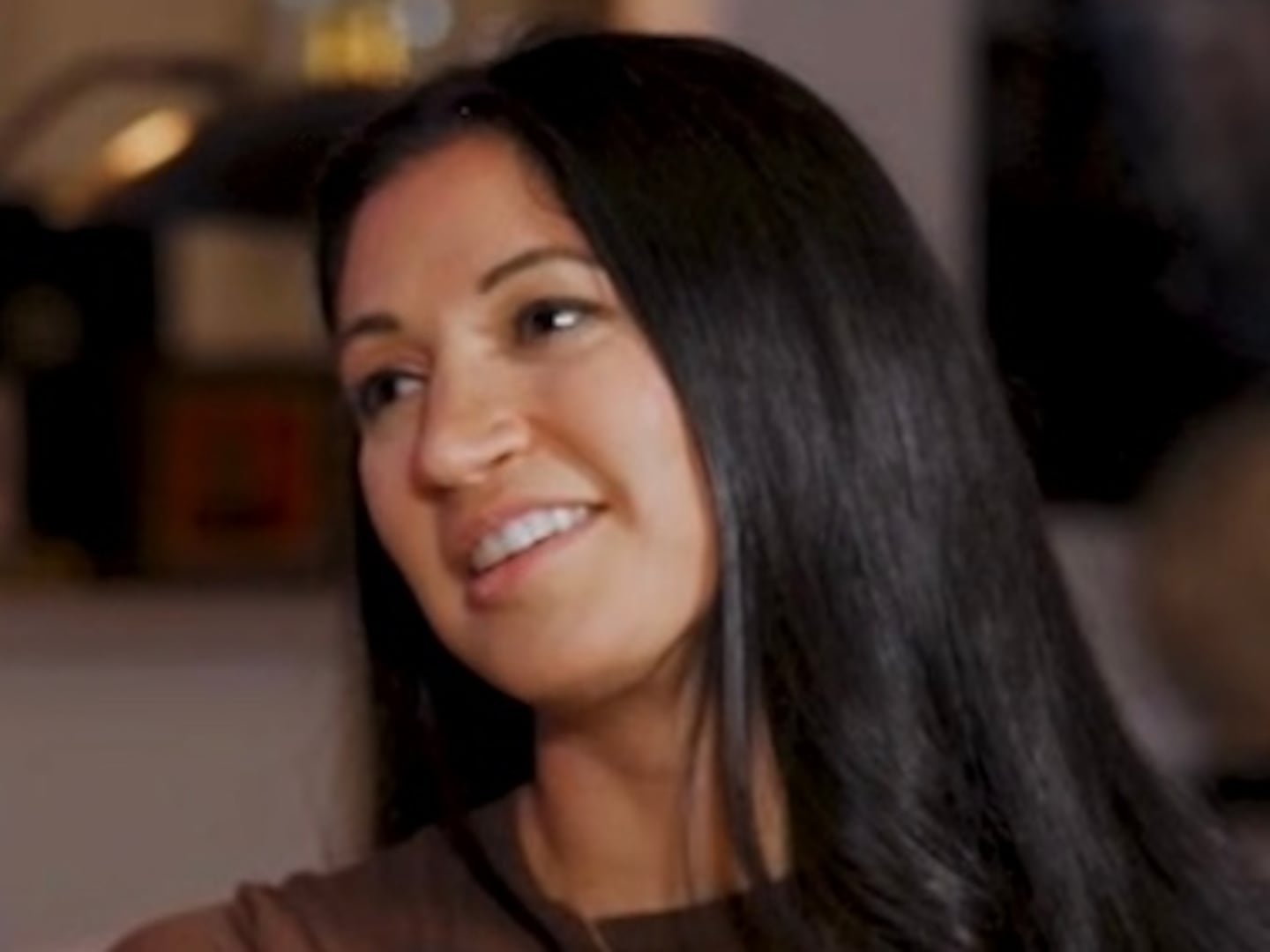Art traps time; but food traps manners.
The art lasts. The food rots. This makes it a much better bet to invest in the art than in the food—and yet, when you want to re-create the manners, the food, and its offering, tells more than the art can.
So: the restaurants of SoHo at that time were a map of its hungers. The desire to eat well and act wisely—it was my generation’s particular contradiction of kinds. The generation before ours thought that eating well was a form of showing off. We thought that eating well was a form of acting wisely. The next generation, who take eating well for granted and want at all times to be fair, not privileged, think that eating really well is a way of enacting virtue.
But at that time the restaurants in SoHo and nearby, though they may not yet have defined a new ethic, certainly defined a new aesthetic. “Yuppies” (a term no more useful for understanding the time or class than “rednecks” is for studying people in Mississippi) spent money on exotic olive oils and eating out as their one purchase of luxury; they were still unable to afford the apartments their parents lived in. There was the empire of the McNallys already taking shape in TriBeCa, a new kind of restaurant that was themed—more a branch of show business as dining, with big spaces, crowded tables, slinky servers, and good food. This was part of a New York tradition, the same one that Joe Baum and Restaurant Associates had started with The Forum of Twelve Caesars and even The Four Seasons. The difference, crucial and typical of the time, was that these new themed places were designed for the young and newly affluent rather than for businessmen—for artists, or dealers anyway, to dine at, rather than for Madmen to lunch at. Opening with the decade in 1980, The Odeon, down on West Broadway, was a restored cafeteria that created the new condition of crowding—where being packed in together with the right people was a good bit of what was being sold. The Odeon, over time, would give birth to Balthazar and Pastis and many beyond.

The Odeon was famous, I discovered, for the drug activity in its bathrooms. It’s an embarrassing admission, but in all those years when everyone was trying cocaine, I never tried cocaine. I don’t think I was even offered cocaine. Or maybe I was, and was so dim that I didn’t know it was cocaine I was being offered. Our tipples were older, coffee and Champagne and red, still then mostly French, wine. This was partly a backward-looking habit, but it wasn’t really from falling into an older crowd. Our best friends preferred Champagne, too. It was a sort of counter-programming from the other side of a generation: not smoking weed but drinking Rhône Valley wines instead was a way of rebelling against our own parents’ too utilitarian approach to intoxication. We didn’t want to turn on and then tune in. We wanted to tune in before we turned on. We wanted a system of values reflected in a set of choices—this small bottling, this out-of-the-way peasant vineyard—so that, after the intoxication was over, you had still mastered an idea. It was another way of turning the dissolute into the disciplined—of making art, work.
Closer to my heart, and more tenderly typical of the era’s aspirations than The Odeon, were the still-lively and possible smaller restaurants of the neighborhood, still expressing the dream or ambitions of a visionary owner, or a single chef, or, most touchingly, a couple conjoined in the religion of eating. Of all those places, the one that best captured the time and the place was the little restaurant that David and Karen Waltuck opened in 1979 on Grand Street. In the late seventies and early eighties, some small ground-floor room in a store on an obscure street on the southern fringe of SoHo was transformed—overnight, it seemed—into something new and beckoning. What had been one more dark corner suddenly seemed to glow, day and night, with the spell of the new. You could glimpse pale-apricot walls as you walked by, and read the italic menu penned in Karen’s extravagant calligraphy. It became a wonderful pilgrimage to walk over and see what was on the menu that night. For those of us who couldn’t afford the extravagance of dining there, it was enough to read the italic menu and imagine.
What Chanterelle represented was several contradictions of the period, all of them fruitful. One was the attempt to reconcile a love of luxury with an aesthetic of austerity, minimalism with maximal pleasure. This was accomplished in many ways, some subtle, some obvious. The signature seafood sausage, all white on white, announced itself as a sausage while withdrawing the bad conscience of the pig from it. It was white, right through. The subtlety was an attempt, unconscious or reverent, to outdo French luxury traditions with American ones, or replace them—no register, no bar, no bottles on display, and no window into the kitchen. Commerce was extinguished even as luxury was celebrated.
Dean & DeLuca persists, in all coffee bars across Manhattan, but I would have to explain to our children that the art gallery apparatus of it—the steel shelving and track lighting and handwritten spice cans of brushed chrome—these once meant something, when they were new in the eighties. An earlier generation’s ideas of luxury persist even after the originality of what they celebrated has vanished. Fortnum & Mason in London, now quaint and touristy, once represented the sheer bustle, the imperial reach—from Chinese tea to Madagascar chocolate to Turkish delight—of British commerce. In my own doubtless cockeyed view on the next generation, a certain kind of funky functionalism inhabits the cheese stores of Bushwick and Williamsburg—hand-lettered signs and ironic department heads. Their point seems to be that caffeine only fuels irony, and that luxury, being available only in small doses, should be inherently apologetic. Our forms of luxury apologized for nothing. They claimed their space. It was the most beautiful room in New York.
Adam Gopnik’s new book, At the Strangers’ Gate, is available now.
Excerpted from At the Strangers’ Gate: Arrivals in New York Copyright © 2017 by Adam Gopnik. Excerpted by permission of Knopf. All rights reserved. No part of this excerpt may be reproduced or reprinted without permission in writing from the publisher.






